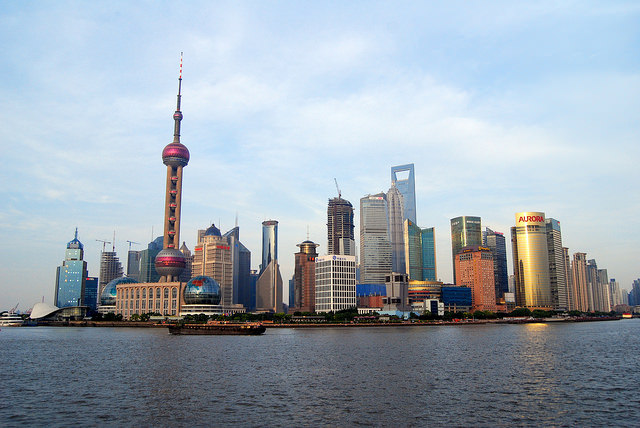Christine Lagarde, Managing Director of the International Monetary Fund, was once quoted as saying, “Markets love volatility.” She may be correct in the abstract. But right now, investors in Chinese equities would certainly love a bit less volatility.
2016 is likely to be a year of volatility in China. With the government apparently keen to continue intervening in its A-share market, we can expect continued volatility there. And with the manufacturing and construction part of the economy set to grow more slowly, there will be macroeconomic volatility. As privately owned firms take more market share from state-owned companies that too will contribute to volatility. In addition, as the government presses ahead with structural reform in the state sector, capacity reduction will add to volatility.
We can, however, point to two areas where volatility is less likely: China’s booming consumer and services sector; and U.S. – China relations as China prepares to host its first G-20 summit.
This volatility can, however, create opportunities for investors, especially when dire headlines incorrectly assume that weak performance by outdated market indexes signal an economic hard landing. And keep in mind that volatility due to execution of necessary reforms, such as reducing the role of state-owned enterprises (SOEs), is good for the long run.
China suffers from a serious case of “debt disease,” but the treatment and side effects may not be as severe as some expect, and dramatic credit tightening is very unlikely. Debt is concentrated among state-owned firms, while the private firms that generate most of China’s new jobs and investment have already deleveraged.
As I explained in a May 2015 issue of Sinology (“Diagnosing China’s Debt Disease”), the medicine for this problem will be another round of significant SOE reform—including closing the least efficient, dirtiest and most indebted state firms in sectors such as steel and cement—rather than broad deleveraging, leaving healthier, private firms with room to grow. At the end of last year, the government indicated that it was finally prepared to begin reducing capacity in construction-related heavy industry. In contrast to the experience in the West after the Global Financial Crisis, cleaning up China’s debt problem should actually improve access to capital for the privately owned companies that drive growth in jobs and wealth.
Let’s turn to politics. Will U.S.-China relations become more volatile in 2016?
U.S.-China relations will remain complicated and noisy this year, but the two countries will continue to engage productively on the most important issues.
Territorial disputes in the South and East China Seas will again dominate the headlines, but two points are worth keeping in mind. The U.S. does not claim any of the disputed territory, and China seems resigned to the fact that the U.S. Navy will continue to exercise its right to patrol the region. The risk of accidents remains, but none of the players appear to be looking for an excuse to engage in a military conflict.
Finally, with China preparing for its first time as host of a summit of G-20 leaders in September, it is likely to behave more conservatively during the first three quarters of this year.
Finally, how can investors deal with all of this volatility?
The most important thing to recognize is that the Chinese equity markets do not reflect the health of the Chinese economy, and to expect some market volatility. Second, to recognize that the market indexes underrepresent the strongest parts of the economy: privately owned companies, and the consumer and services sector. This is why we believe in an active approach to investing in China, rather than an index-based strategy.
Andy Rothman is Investment Strategist at Matthews Asia.



 By Fórmate a Fondo
By Fórmate a Fondo